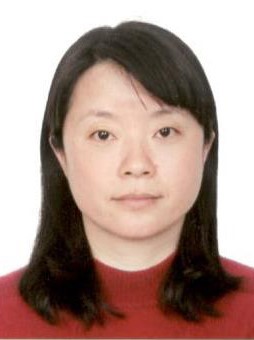中国神经再生研究(英文版) ›› 2023, Vol. 18 ›› Issue (9): 1908-1916.doi: 10.4103/1673-5374.367836
基于神经干细胞免疫干预促进中枢神经系统创伤后神经修复的新见解
New insights into the biological roles of immune cells in neural stem cells in post-traumatic injury of the central nervous system
Ning He1, #, Xing-Jia Mao1, #, Yue-Min Ding2, Tong Zuo3, Ying-Ying Chen4, Lin-Lin Wang1, *
- 1Department of Basic Medicine Sciences, and Department of Orthopaedics of Sir Run Run Shaw Hospital, Zhejiang University School of Medicine, Hangzhou, Zhejiang Province, China;
2School of Medicine, Hangzhou City University, Hangzhou, Zhejiang Province, China; 3University of Chicago College, University of Chicago, Chicago, IL, USA; 4Department of Basic Medicine Sciences, and Department of Obstetrics of the Second Affiliated Hospital, Zhejiang University School of Medicine, Hangzhou, Zhejiang Province, China
摘要:
中枢神经系统创伤包括创伤性脑损伤和创伤性脊髓损伤,通常伴随着组织炎症和免疫细胞的浸润,同时影响到神经干细胞的自我更新和分化。在没有外部干预的情况下,内源性神经干细胞很难促进中枢神经系统损伤恢复。最近,驻留/外周免疫细胞已被证明对神经干细胞有巨大的影响。因此,通过神经干细胞的免疫干预来促进中枢神经系统的创伤恢复是一种潜在的治疗方法。此综述讨论了免疫细胞对神经干细胞自我更新和分化的作用和可能的机制,以及基于免疫干预中枢神经系统损伤的预后。阐明这些问题将有助于神经干细胞在治疗中枢神经系统损伤中的成功应用。
https://orcid.org/0000-0002-7720-3012 (Lin-Lin Wang)
